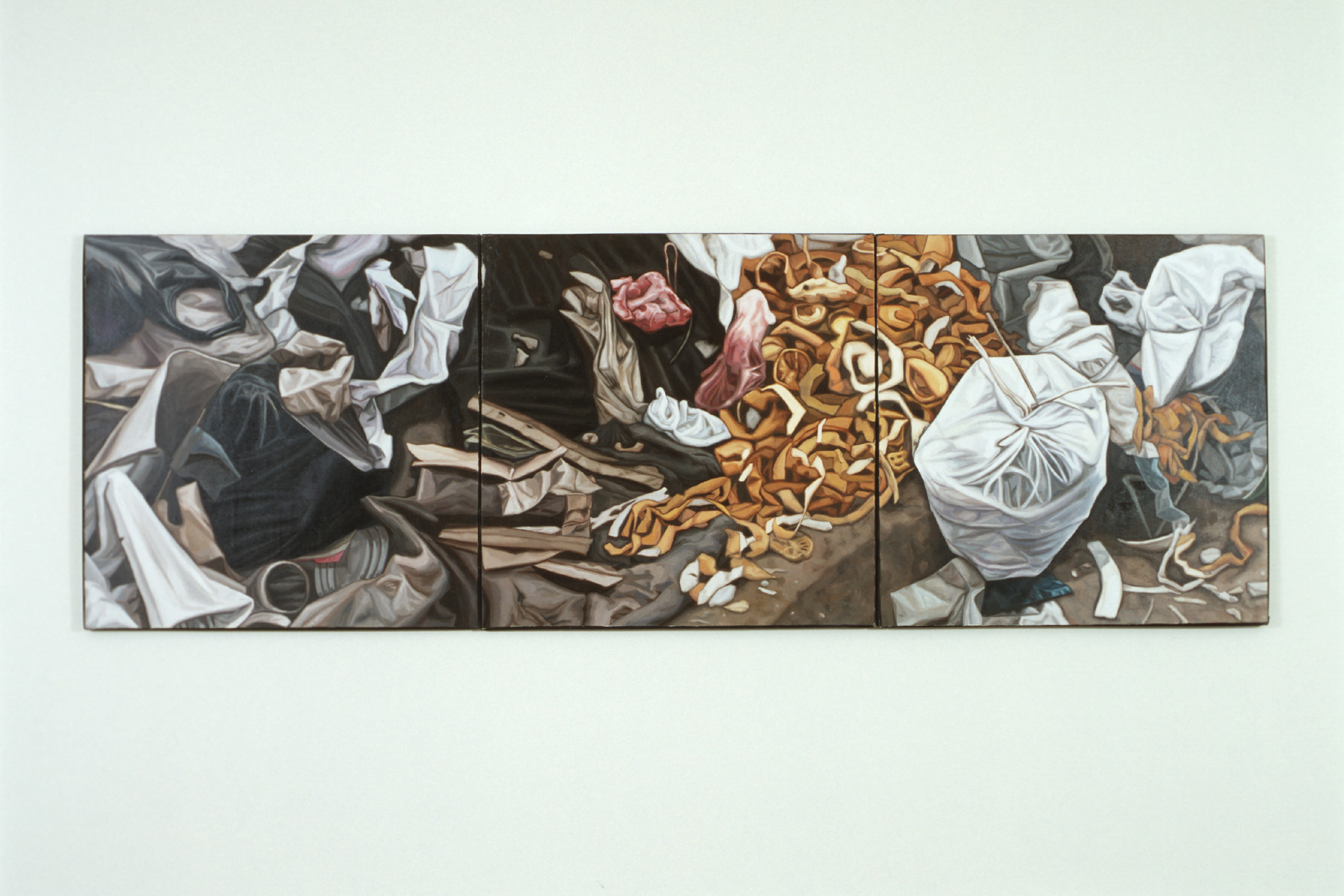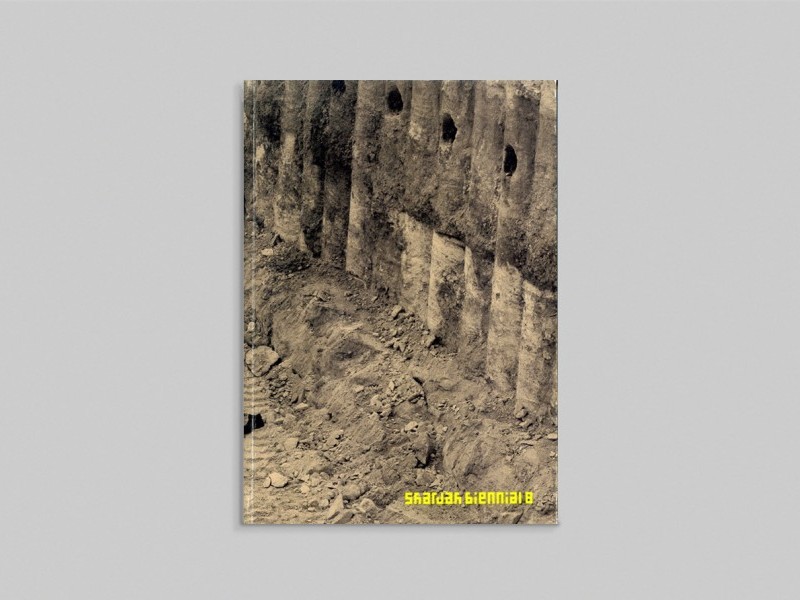
Still life, 2007
Pablo Patrucco
Still life, 2007
Oil on canvas
Installation view
search


Pablo Patrucco
Still life, 2007
Oil on canvas
Installation view
Global Facts and Waste
It is Benjamin who suggests that in order to truly know a society one has to look at the less privileged environs of its interstices, at the objects that are left behind as a result of human activity, at its waste and at the order that they represent or parody to some extent. For quite some time now Pablo Patrucco has assumed that view in his work, outlining the remains of a culture of precariousness such as the one that defines modern Peru.
Behind the popular/pop profile of its expression lies the vision of the agglomeration and saturation that characterises a part of the local pop culture transfixed by a modest, although explosive version of consumption and mass development: the intricate network of neighbourhood advertisement boards and publicity, the precarious self- construction materials, the consumer articles in the reduced scale of the retailer, or the multiplied bodies of the bathers at the public beaches – and within all that, the recycling culture as a form of underemployment and survival rather than a form of ecological awareness. It is there, in the specific approach, that the background of the debris itself appears as an allegorical sample of the digestion of the local processes of consumption and mass development. And so to some extent, the attentive look at the true process of decomposition as a still life, and at the same time as vanitas, in which the most visible forms of waste acquire, in Patrucco’s work, the quality of being a symptom and a definition of the global consumption process and the re- concentration of current power – a process in which waste,
garbage and poverty begin to look the same everywhere.
Rodrigo Quijano
This project was part of Sharjah Biennial 8.

This catalogue accompanied Sharjah Biennial 8, which attempted to renegotiate the relationship between art and ecology into a system of cohabitation.

The second book in the Still Life: Art, Ecology and the Politics of Change series, documents Sharjah Biennial 8 as it was on view.